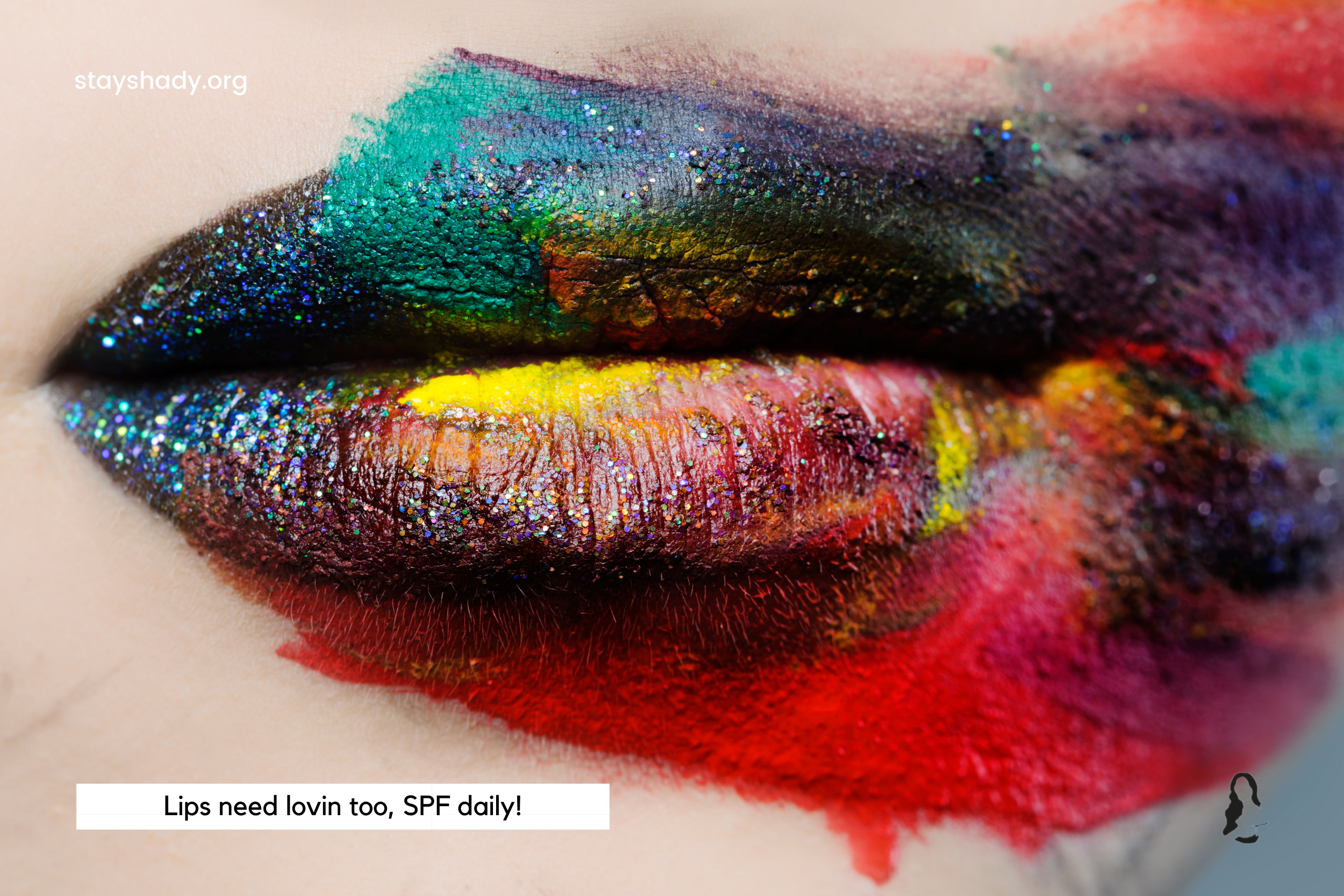KEY CONSIDERATIONS
SPF rating
The SPF rating on lip sunscreens tells you how well the product blocks UV rays:
- SPF 15 blocks up to 93% of UV rays
- SPF 30 blocks up to 97% of UV rays
- SPF 50 blocks up to 98% of UV rays
Opting for a lip sunscreen with an SPF higher than 50 isn’t really worth the extra cost since no sunscreen blocks 100% of the sun’s harmful radiation.
Your lips are an incredibly sensitive part of your body. A lip sunscreen will protect your lips not only from the sun but also from becoming chapped and dry. Plenty of lip sunscreens contain moisturizing ingredients like shea butter and coconut oil to help soothe the skin in addition to protecting it from UV rays.
Here are some tips to help keep you safe from the sun’s damaging rays.
- Even if you choose a lip sunscreen with a high SPF rating, reapply it frequently. A higher SPF doesn’t provide longer-lasting protection compared to a lower SPF; it simply provides more protection.
- Using any type of sunscreen, including lip sunscreen, is not recommended for infants.
- Don’t leave your lip sunscreen in the car or anywhere that reaches high temperatures. The high heat may melt the balm and render the active ingredients inert.
- Are you going out for a run or bike ride? Apply sunscreen, including your lip sunscreen, about 15 minutes before leaving home so that it has time to sink in.
- Apply SPF products thickly for full protection.
- Bring your lip sunscreen with you, especially if you plan on being outside for longer than an hour. Reapply every so often to maintain the protective layer.
- Other sensitive spots that are often missed when applying sunscreen include the ears, eyelids, hairline, and neck.
- If you run out of lip sunscreen, you can apply regular sunscreen to your lips. That said, traditional sunscreen doesn’t have the same moisturizing benefits as lip sunscreen, and it also may have an unpleasant feel and taste on the lips.

